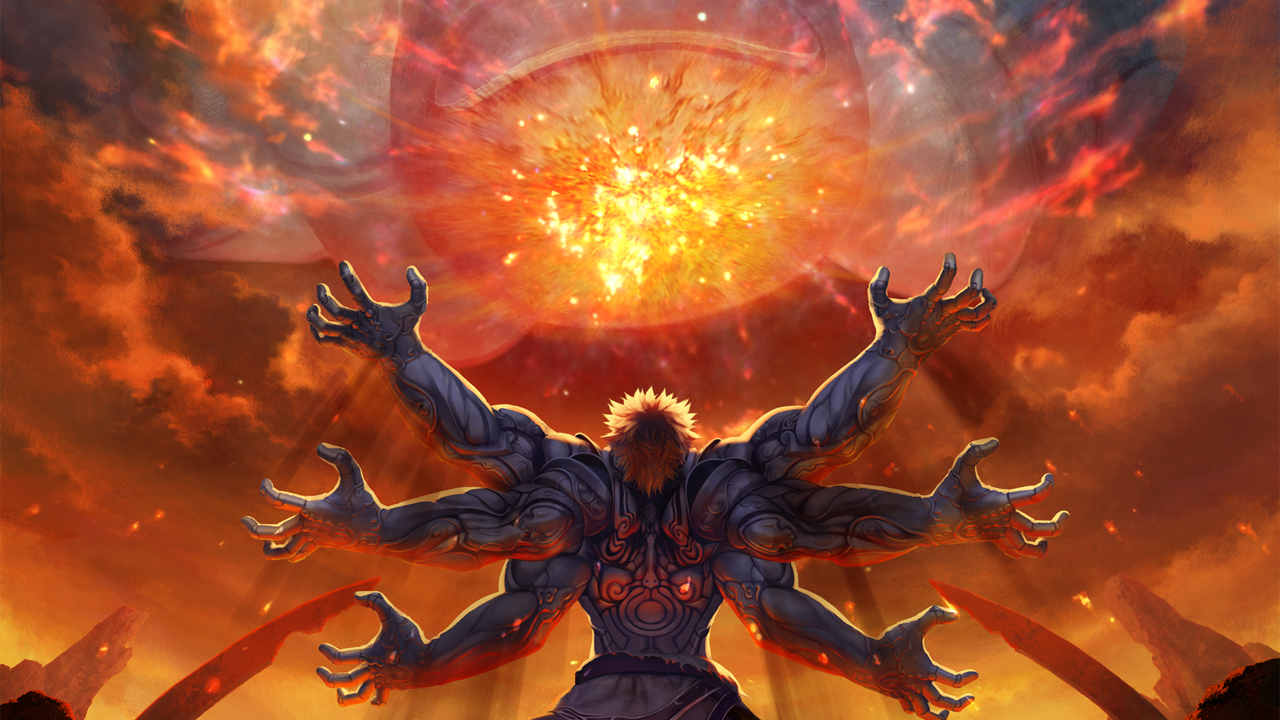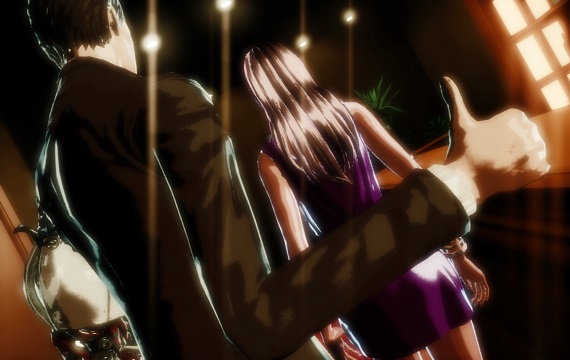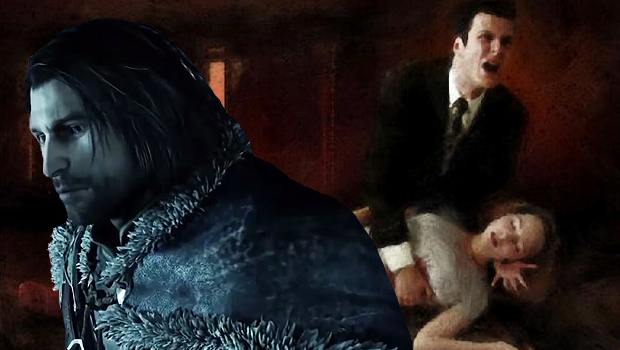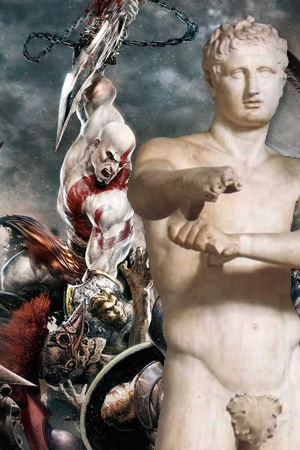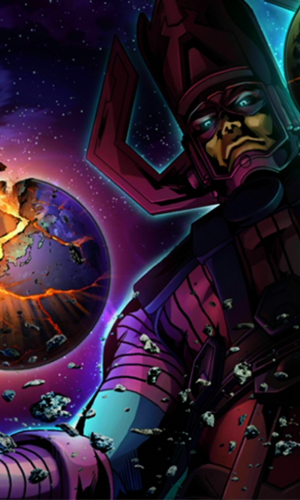God of War III
Latest about God of War III
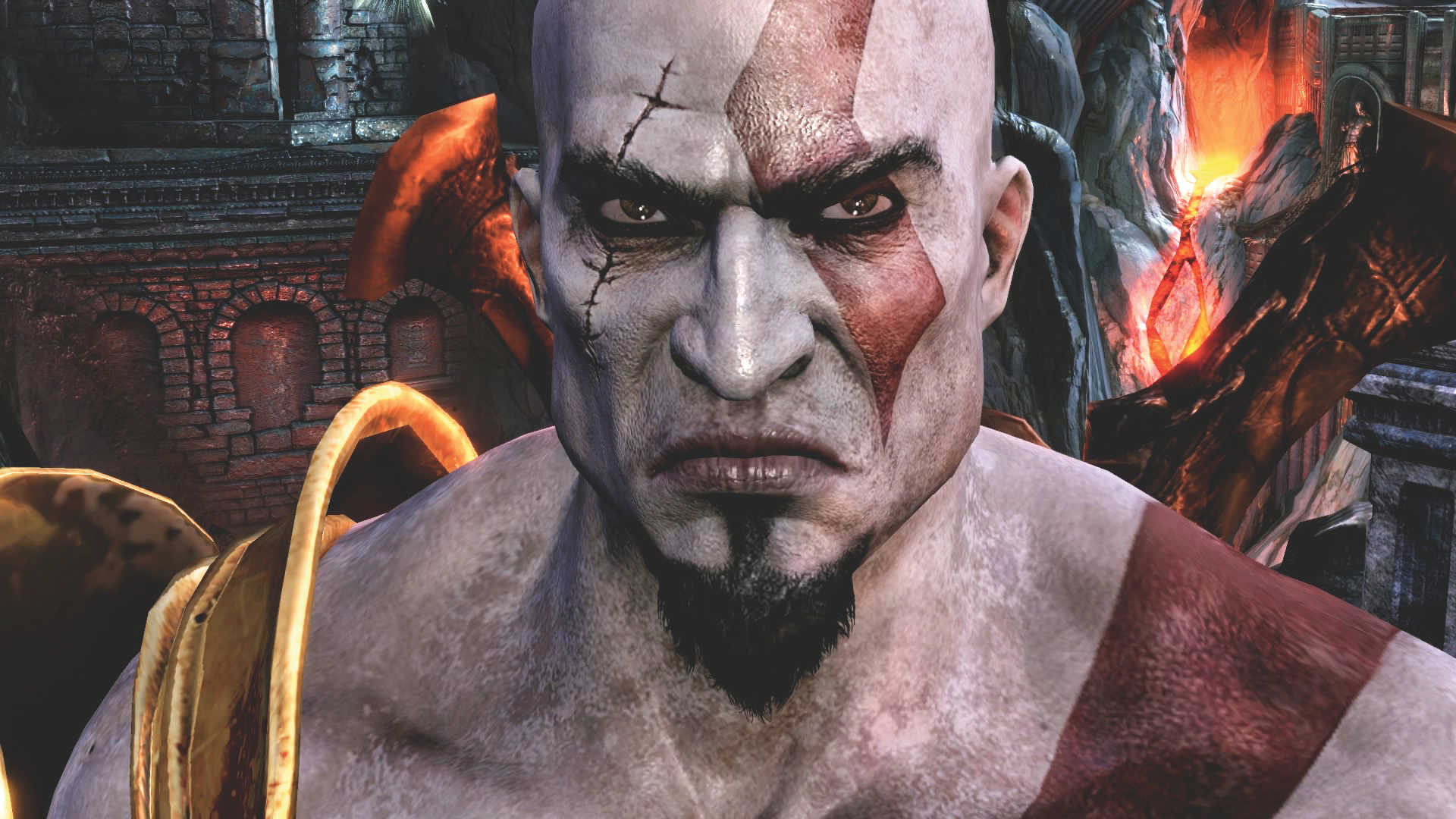
God of War 3 guide: Eyes, Feathers, Horns, and Godly Possessions
By Mikel Reparaz, Iain Wilson published
Guide Everything you need to beef up Kratos, earn more Trophies, and attain ultimate power

Stick some God of War in your Grand Theft Auto 5 with this very special Kratos mod
By Rachel Weber published
news Waiter? There's a Spartan in my San Andreas
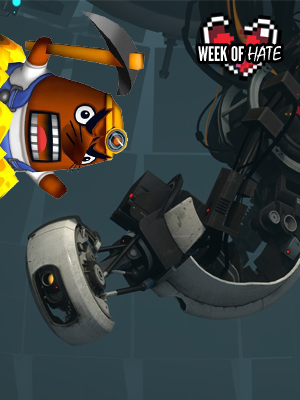
Gaming's most hate-filled characters
By Ryan Taljonick published
Whoever said love is the strongest emotion apparently never met any of these folks...
Sign up to the GamesRadar+ Newsletter
Weekly digests, tales from the communities you love, and more

